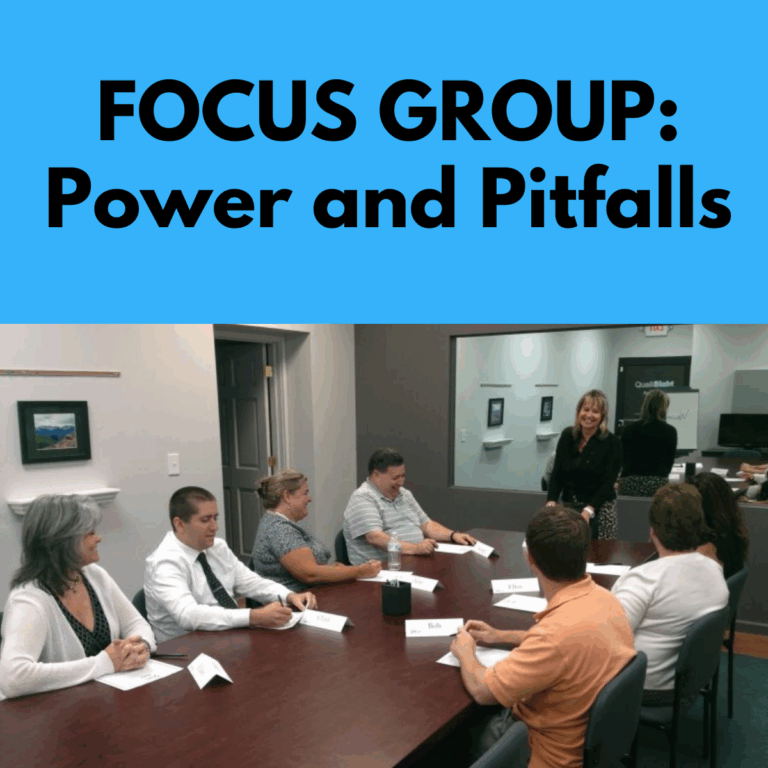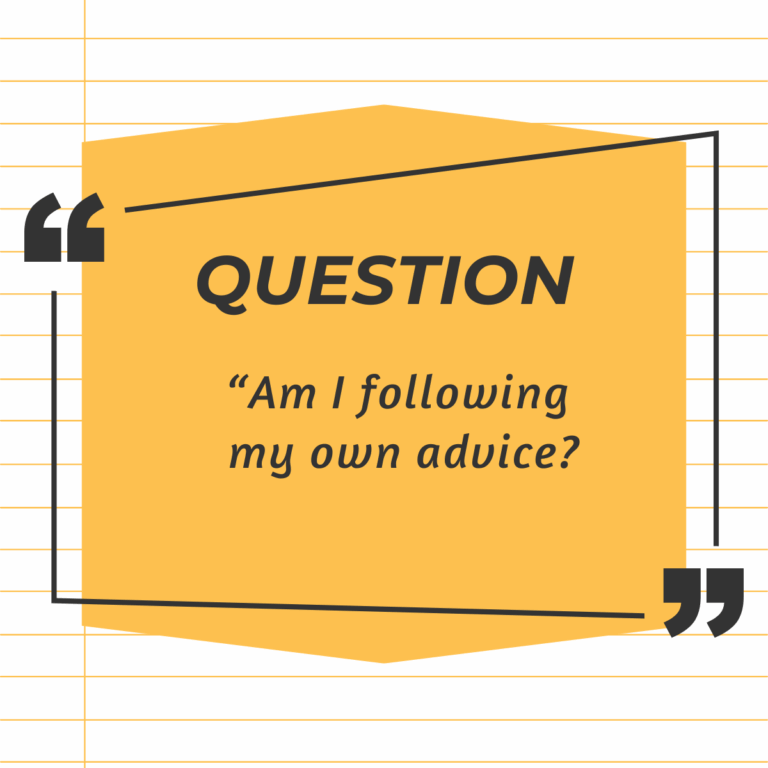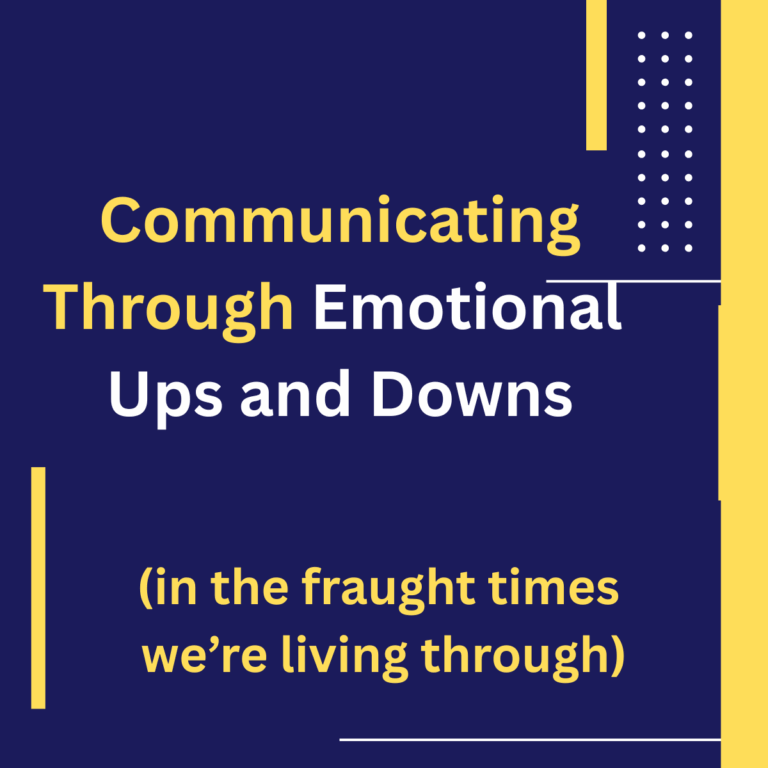Launching: The Monday on Message Memo
Fear. In the months ahead, will it persuade or immobilize our audiences? It’s an essential question and a central topic in this, the first edition of my new Monday on Message memo. Whether you’re defending democracy, responding to climate change, helping people battered by war and inequality or working for other great causes, you’re facing the same 2024 reality.
Many of our audiences feel the world spinning hopelessly out of control and increasingly beyond the reach of any action they can take. To engage them, we have to navigate around that state of mind.
After helping organizations like the ACLU, Doctors Without Borders, Planned Parenthood,the ASPCA, Oxfam, Greenpeace and so many more sharpen their message and raise billions of dollars, I’m turning my attention to helping the broader nonprofit community forge more persuasive messaging for great causes.
At the start of each week, my Monday on Message memo will address crucial issues in 2024 communications for political, advocacy and charitable causes. I hope you’ll join me and colleagues across our community in an ongoing conversation on vital messaging priorities.
Today’s topic: Four dynamics essential to forging persuasive communications in 2024.

Robert Cialdini, a leading expert on the science of persuasion, reminds us that “fear-arousing communications generally stimulate the audience to take action to reduce the threat.” But he points to one crucial exception.
“When the fear producing message describes danger but the audience is not told of clear, specific, effective means of reducing the danger, they may deal with the fear by ‘blocking out’ the message or denying that it applies to them. As a result, they may indeed be paralyzed into taking no action at all.”
Many donors, activists and voters feel simultaneously alarmed about the state of the world and concerned that the problem is inactionable. President Biden’s State of the Union speech was a teachable moment for all of us. It was effective because he acknowledged the threat but spoke with confidence about meeting it. And he painted a picture of a future beyond the threat.
Here are some ways we can communicate authentically in 2024 without invoking the fear dynamic Cialdini warns us about.

- Treat 2024’s existential crises as the context for your message, not its centerpiece. Things are really bad. People get it. So quickly acknowledge it then move on to affirmative actions your audience can take.
- Make room for hope and opportunity. For example: Instead of dwelling on the impending demise of democracy, enlist people in a spirited display of its strength and vitality.
- Focus on specific tasks immediately at hand. Don’t join the chorus of generic “Everything’s on the line. The stakes are enormous. Let’s pull out all the stops” messages. Give your audience a clear, proactive activity they can take on right now.
- Lead with confidence. People don’t need you to share in their despair. They look for leadership, confidence and a future-facing plan of action.

A recent Navigator survey revealed that nearly nine in ten Americans are concerned about threats to the Constitution and democracy, and the future threat of political violence. So, it makes sense that many organizations are pointing to the “existential threat to democracy” in their communications.
But while it may connect with audiences steeped in rights-based, first principles communications, that shorthand may well miss the mark with many others. Speaking about “existential threats” and a “democracy vs. authoritarianism” contest without elaboration may be too abstract and philosophical to drive most peoples’ giving, volunteering and voting decisions.
It’s important and effective to use the language. But, in most cases, it’s not wise to stick with the shorthand.

- Think twice and consider if the “existential threat to democracy” shorthand is persuasive to the specific audience you are communicating with.
- Vividly play out the implications of the threat by painting a picture of how it would change peoples’ day-to-day lives.
- Draw both an alarming and a hopeful portrait of the future emphasizing both
the dangers of the threat and the enormous, life-changing benefits of defeating it.

Will repeated “everything on the line” rhetoric lose its power over time? Is that already happening? How do we communicate an appropriate level of alarm in 2024 without constant “hair on fire” rhetoric desensitizing our audiences to our messages.
We can draw compelling guidance about retaining emotional tension from Shonda Rhimes, the highly successful TV producer and screenwriter. In describing the arc of the shows she produces, Rhimes notes “You don’t want a flat show. You want a show that has ups and downs and places for people to go emotionally.”
That’s what we have to do with our 2024 conversations. Each element must be interesting and engaging. But we can’t keep the pedal to the metal emotionally all year long.

- Let Peak Emotional Moments Stand Out. This can only happen if our narrative intentionally raises and lowers the emotional temperature. When everything is a five-alarm fire, nothing is.
- Present Information In Surprising Ways. One way to hold peoples’ attention without wearing out the alarm bell is to present information in unexpected ways – an unforeseen narrator, a totally different angle of vision, a surprising statistic.
- Escalate Emotional Tension with New Information. Instead of sticking to the same core message over and over again, use new information to drive a narrative arc and keep people engaged.

This year, Donald Trump will again alarm, infuriate, discourage and motivate progressive
audiences.
But it will happen in very different ways than Trump 2016 or Trump 2020 and it will elicit
different emotional responses. Recognizing and adjusting to those differences is critical to
the persuasiveness and impact of our 2024 messaging.
Bottom line: Donors are all over the place, a bundle of sometimes conflicting emotions.
Fear that he has an uncanny ability to defy political gravity. Belief that after all he says, does
and gets indicted for will eventually catch up with him. Concern that we have a MAGA Republican Party remade in his image. Worry that we have a Democratic Party not up to the task of taking him on.
And perhaps most of all, despair that we could be living in a country where enough people are actually willing to put someone as dangerous as Trump back in the White House.
It all adds up to an unpredictability as to how donors, activists and voters will respond to Trump focused messaging – and a need to think carefully about how and when we center our messaging directly on Trump.

- Don’t Count on Invoking Trump to Automatically Trigger Responsiveness. Centering your message on Trump is as likely to numb or depress your audience as it is to move them to donate, take action, or vote. The days of simply calling attention to the Trump threat to motivate people are over (at least for now, see below).
- Paint a Picture of a Positive Trump-Free Future. Don’t just point out how bad things will be if Trump wins. Energize people with a vision of how hopeful life will be when he’s defeated and crawls back under a rock.
- Center as Much on Individual Issues as on Trump. Help people imagine a future where the architects of the assault on access to abortion are defeated and renounced . . . where the Biden record of appointing diverse, fair-minded judges extends into the next four years . . . where leaders in favor of common-sense gun laws gain the upper hand, etc.
- Prepare for a Shift as Election Day Approaches. People have long anticipated a Biden-Trump rematch. So them both becoming their party’s presumptive nominee won’t trigger a big jump in people’s focus on the election. But, as November approaches and polls show a close race, directly invoking the Trump threat may shift back to being a powerful motivator.









Frank,
Great idea. Looking forward to being one of your many loyal readers.
Best,
Chuck
Thanks Chuck,
So glad to have you and some of your ABDirect colleagues on board for this.
Looking forward to learning from you!
I look forward to learning the tools that will help me be come a more effective communicator. Thanks, Frank.
Thanks Robin That’s the goal. Hopefully we will all learn from each other.
Thanks Pia. Looking forward to your reactions to upcoming posts.
Love this opportunity to continue access to your expertise.